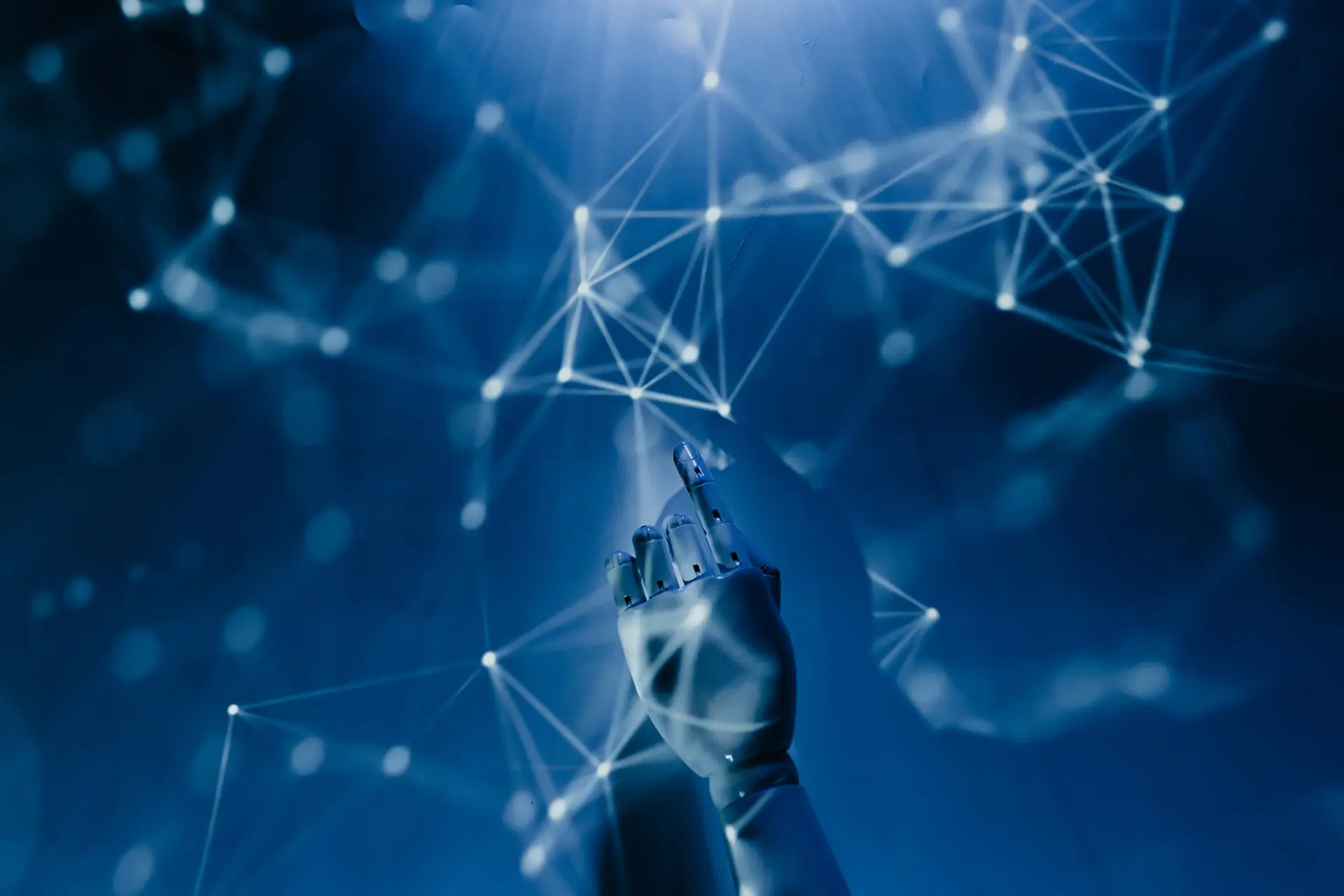The current decade has witnessed numerous scientific advancements with Artificial Intelligence topping the charts. AI holds immense potential to revolutionize science in ways only possible in the world of imagination. Often we have seen Sci-fi movies where AI is portrayed as a tool of power and destruction. With AI becoming a reality, the prospects of good and bad loom over multiple horizons.
Generative AI is a segment of artificial intelligence that has emerged as a comprehensive tool for content creation. A fragment of Machine Learning, generative AI, with seamless algorithms, can produce innovative text, images, and videos.
With suitable prompts and the ability to identify patterns, it can generate vast amounts of content that often exceed human limitations. In this article, we will delve into the capabilities of generative AI for content creation in-depth. Let’s get started!
A Glimpse into the Sci-fi: What Generative AI can do
The Sci-fi realm defines AI as a supreme reigning force. Whether you’re watching a Star Wars movie or reading a Dan Brown novel, the fiction makes us believe that there is something beyond imagination. With the advent of generative AI, a possible world of unparalleled creativity with minimum human intervention seems knocking on the doors.
The current age is already witnessing AI achieving feats. Content creation now is just a prompt away. From writing articles, creating images, or even a script of a movie or a novel, generative AI has become a digital library with endless possibilities. Although it might lack the vision of a writer or a creator, AI has brought us closer to achieving the unachievable.
From Dreams to Reality: The Current State of Generative AI
The present scenario is experiencing significant strides in generative AI. The introduction of language models like Gemini AI (previously Bard) and ChatGPT has already taken the world by storm. Writers, coders, or marketers, are using these platforms as their virtual assistants to generate relevant content. A simple text-based prompt and the tools lay the platter with infinite content.
Similarly, designing AI tools has also helped designers explore the world of creativity where the line between real and artificial almost seems to fade away. You need to type a few words, stating what you want, and a template with your requirements is presented to you in seconds.
Despite the recent advancements, the potential misuse of generative AI is a challenge. A powerful tool, responsible for the development, can also be a tool of destruction. Multiple cases of deep fake videos, or scams over voice calls, prove that if in the wrong hands, AI can create chaos. The challenges regarding ethics, misuse, and potential harms can’t ensure the reliability of this advancing technology.
The Future Unfolds: What to Expect from Generative AI
AI and human-generated content can still be distinguished in the current times. Looking ahead we can expect the technology to be so advanced that human-based and AI-based content will be indistinguishable. It will be able to replicate human expressions and style to generate seamless creations, whether it’s art, a book, or a video that will exactly look like human-generated content.
AI will also be able to process past data and tailor content according to individual preferences and personalized experiences that cater to the tastes and interests of users. It will be able to define a niche for the writer, curate an art form by analyzing an artist’s past work, and generate music ideas for a musician. It will allow a user to create and engage with content that reflects the user’s persona.
Writers, artists, musicians, and other creators have started collaborating with generative AI to give an edge to their content. The future of content creation with AI holds more such collaborations between creators and AI for ideation and experimentation. With such advent, it will be able to produce new and unique content.
However, as we focus on the positives of generative AI, the possibility of negative outcomes also looms over the world. With extreme dependencies on AI in the current times, it might soon start to take over multiple professional roles, replacing humans and narrowing job profiles.
As we talk about AI being able to grasp user preferences, it is also possible that it may start inheriting biases, and the results produced may tend to lean towards discrimination and unfair outcomes. Major privacy concerns will also develop due to AI’s capability to store vast amounts of personal data.
Conclusion
The recent advancements in generative AI have reshaped the idea of creating any form of content. In present times AI can be considered as a tool for the betterment of any individual skill. The ideation of AI and the implementation of humans surely benefit creativity, efficiency, and accessibility of generated content. The future of AI seems to be promising but also challenging. With seamless opportunities and transformations it has to offer, there is also a chance of its potential misuse.
As we move forward with the development, a framework for AI’s deployment should be created. An idea should be developed to collaborate with AI in future advances, rather than it taking over the entire system. We should be able to draw a line between AI-generated and human-generated content, as AI-generated content is easily convincing and approachable.
This may raise questions of authenticity and ownership. Approaching with caution and recognizing its potential and dangers we can put AI in the path of development, rather than destruction. By promoting responsible AI development, it will be ensured that generative AI is used as a collaborative tool for authentic content, rather than being solely relied upon.







